
Chip giant AMD says AI to be 'mega-trend' for computing world
AI will be the "defining mega-trend" for the global computing industry, the head of chip giant AMD said Thursday in Taiwan, where the majority of the world's semiconductors...
2023-07-20 18:54

How to Watch The Esports Awards 2023
Players can watch The Esports Awards 2023 live via YouTube or Twitch.
2023-12-01 02:24

AI Frenzy Accounts for All of S&P 500 Gain in 2023, SocGen Says
The investing frenzy around artificial intelligence has been so strong that without it, US stocks would be down
2023-05-12 18:52

Amgen Stock Was a Winner in the Third Quarter. These Solar Shares Weren’t.
Amgen was the best-performing stock in the Dow Jones Industrial Average in the third quarter, while Zions Bancorp, up 30%, was the top stock in the S&P 500.
2023-09-30 05:22
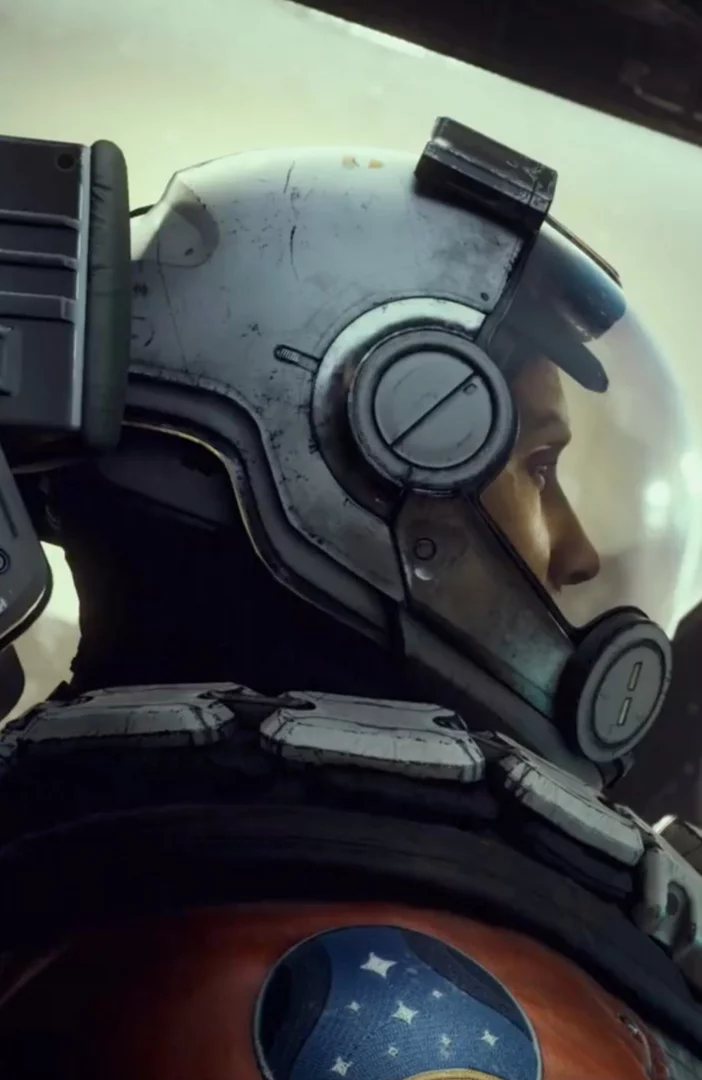
Donnie Brascao was the vision behind a quest in RPG Starfield
One of the quests in 'Starfield' took inspiration from crime drama 'Donnie Brascao'.
2023-08-17 20:25
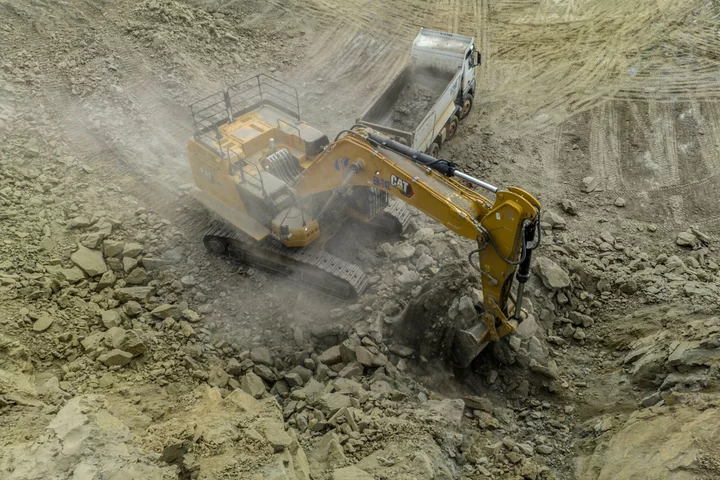
Exxon Aims to Become a Top Lithium Supplier for EVs by 2030
Exxon Mobil Corp. plans to become one of the biggest suppliers of lithium for electric vehicles, marking the
2023-11-14 01:00

IShowSpeed's hilarious video of NPC TikTok trend leaves fans in splits, now KSI wants to 'try' it
The NPC TikTok trend has taken the internet by storm, with iShowSpeed leading the way, earning $20K-$35K from interactive emoji reactions
2023-07-20 18:55

Kai Cenat reacts to BruceDropEmOff joining Kick after multiple Twitch bans: 'Fire announcement'
Kai Cenat is amazed after BruceDropEmOff's announcement, keep reading to know more
2023-06-02 19:21

Save 43% on this portable power station that can charge 13 devices at once
TL;DR: As of July 2, you can get the EcoFlow Delta Portable Power Station for
2023-07-02 17:59
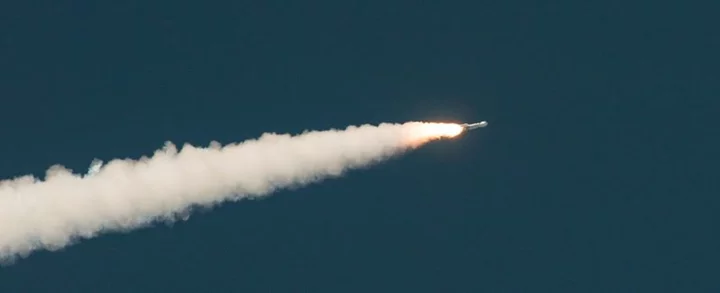
NASA's first asteroid sample on track for Sunday parachute landing in Utah
By Steve Gorman LOS ANGELES A NASA space capsule carrying a sample of rocky material plucked from the
2023-09-23 21:45

EA Sports FC 24 Pre-Season Week 1: How to Complete Join the Club and Get Free Packs
EA Sports FC 24 Pre-Season Week 1 rewards are here! Here's how to complete the New Era and Join the Club objective set to earn free packs for FC 24 Ultimate Team.
2023-09-02 01:50

Free Final Fantasy 16 demo launches ahead of game's release
Fans are introduced to the newest protagonist in the franchise and the combat action to expect.
2023-06-13 20:29
You Might Like...

No, Tucker Carlson's Trump interview doesn't have 230 million video views on X

Does Modern Warfare 3 Have Zombies?

Meta's Twitter-like Threads app will not launch in Europe
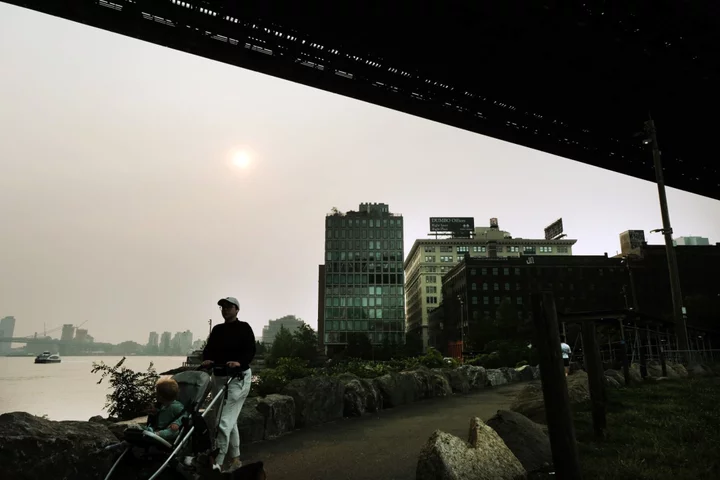
NYC Is Bathed in Smoke from Canadian Wildfires: Weather Watch

Amazon's new Echo Buds hit a record-low price in an early Prime Day deal
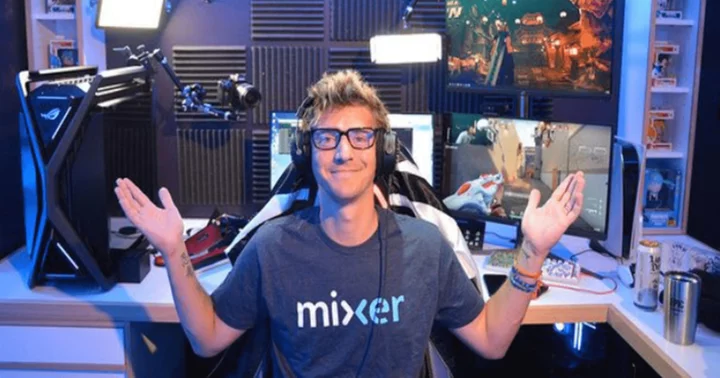
Tyler 'Ninja' Blevins set to launch his first podcast: 'It gives me the chance to sit on other side of the table'

How to unblock websites and access restricted content

AMC shares jump as stock conversion plan halted, preferred shares slide
